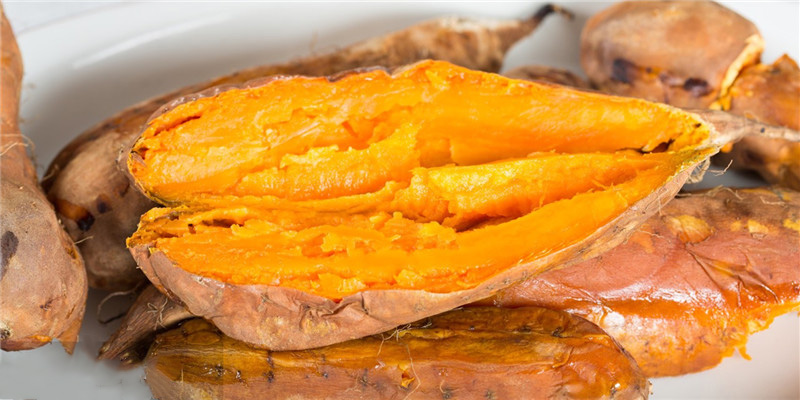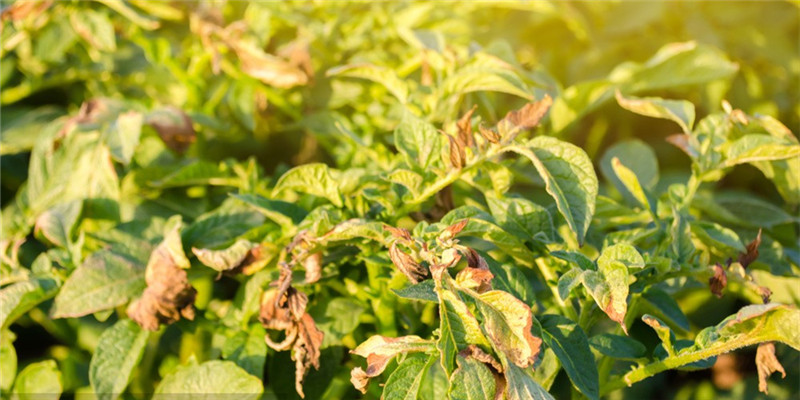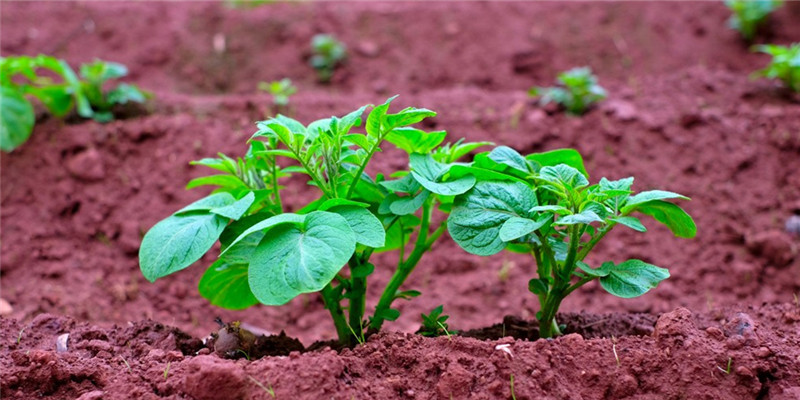Potatoes, wheat, rice, and corn are collectively known as the four important food crops in the world, and they occupy an important position in the development of China’s agricultural economy. Potatoes, also called potatoes, are common vegetables in our lives. They can be made into many delicacies. They contain more nutritional value than other fruits and vegetables. They are especially rich in starch, minerals and protein. They have “underground apples”. Title. But in the process of planting potatoes, farmers often encounter various pests and diseases, which seriously affects the farmers’ planting benefits. In the warm and humid season, the incidence of potato leaf blight is higher. So, what are the symptoms of potato leaf blight? How to prevent it?
Hazard symptoms Mainly damage the leaves, most of which are the first disease on the lower senescent leaves in the middle and late stages of growth. Potato leaves are infected, starting from near the leaf edge or tip, green-brown necrotic spots are formed at the initial stage, and then gradually develop into nearly round to “V”-shaped gray-brown large necrotic spots, with inconspicuous ring patterns, and the outer edges of the diseased spots are often Chlorescence and yellowing, and finally the diseased leaves are necrotic and scorched, and sometimes a few dark brown spots may be produced on the diseased spots, that is, the conidia of the pathogen. Sometimes it can infect stems and vines, forming unshaped gray-brown necrotic spots, and later can produce small brown spots in the diseased part.
Occurrence pattern Potato leaf blight is caused by the infection of the fungus imperfect fungus Phoma vulgaris. This pathogen overwinters in the soil with sclerotium or hyphae along with diseased tissues, and can also overwinter on other host residues. When the conditions in the next year are suitable, rainwater splashes the ground pathogens on the leaves or stems to cause initial infection. After the disease occurs, sclerotia or conidia are produced in the diseased part. Repeated infections with the help of rainwater cause the disease to spread. Warm and high humidity are conducive to the occurrence and prevalence of the disease. The disease is more serious in plots with poor soil, extensive management, over-planting, and weak plant growth.
Prevention and control methods Agricultural measures: choose more fertile plots for planting, master the appropriate planting density; increase organic fertilizers, and appropriately apply phosphorus and potassium fertilizers; strengthen management during the growth period, watering and topdressing in time, to prevent premature plant aging; timely after harvest Remove diseased bodies in the field and destroy them in a centralized manner.
Chemical control: spray prevention and treatment at the initial stage of the disease. At the initial stage of the disease, you can choose to use 70% thiophanate-methyl wettable powder 600 times liquid, or 70% mancozeb WP 600 times liquid, or 50% iprodione WP 1200 Multiplying liquid + 50% Dibendazim wettable powder 500 times liquid, or 50% Vincenzolide WP 1500 times liquid + 70% Mancozeb WP 800 times liquid, or 560g/L Azoxybacter·Period 800-1200 times liquid of Junqing suspending agent, 5% chlorothalonil powder 1kg-2kg/mu, or 5% kasugamycin·copper hydroxide powder 1kg/mu can also be used for planting in protected areas.
Post time: Oct-15-2021



